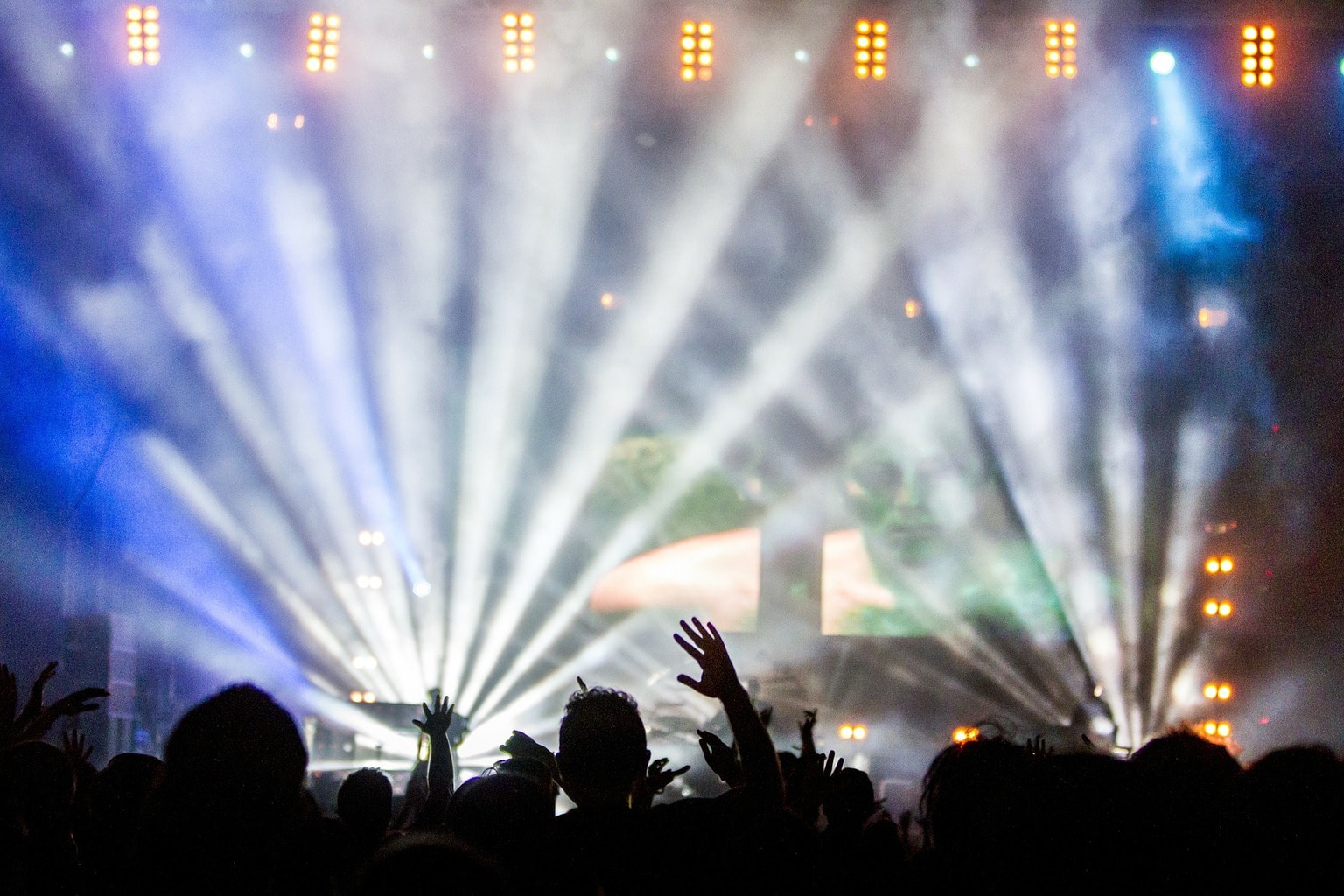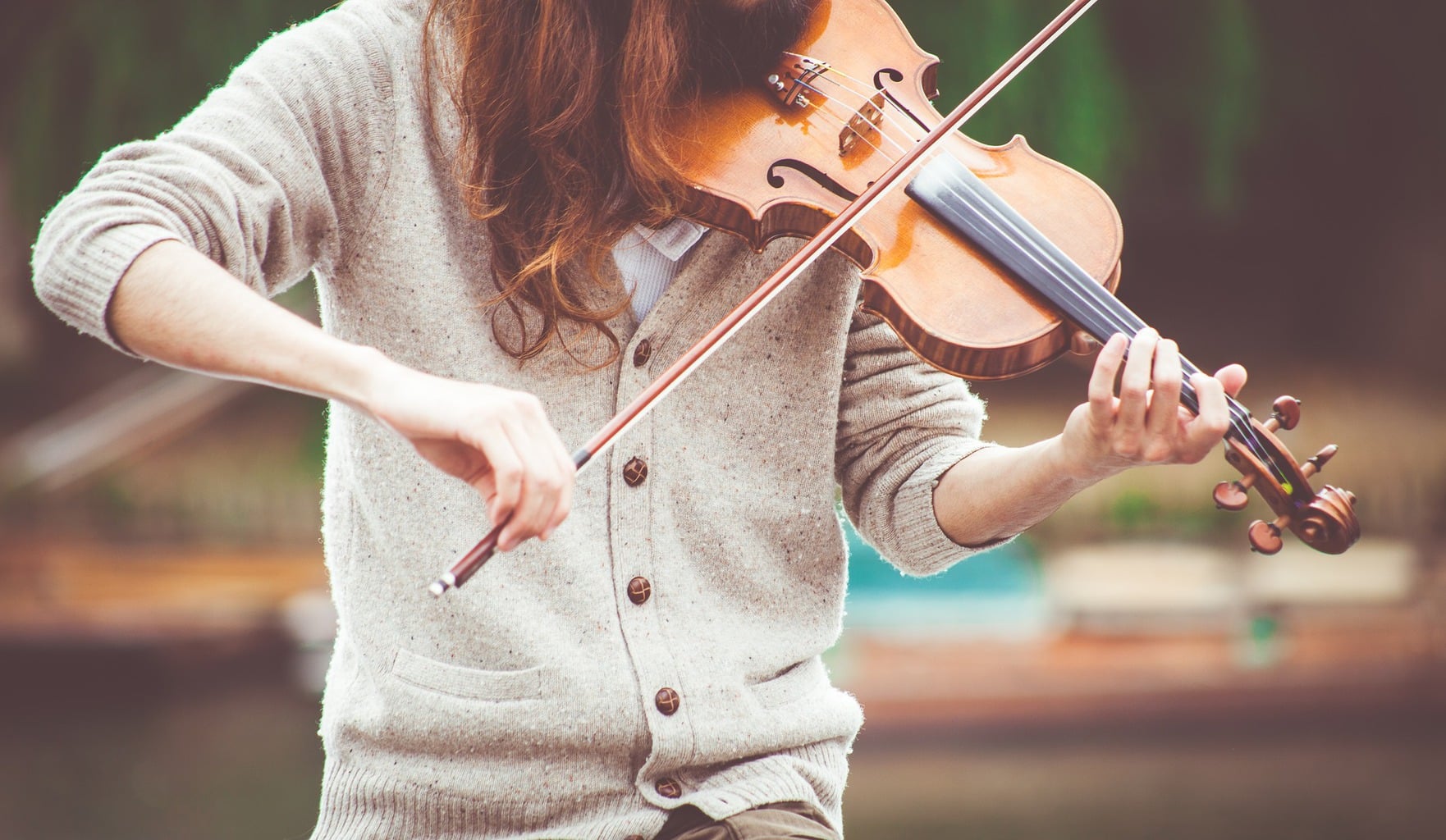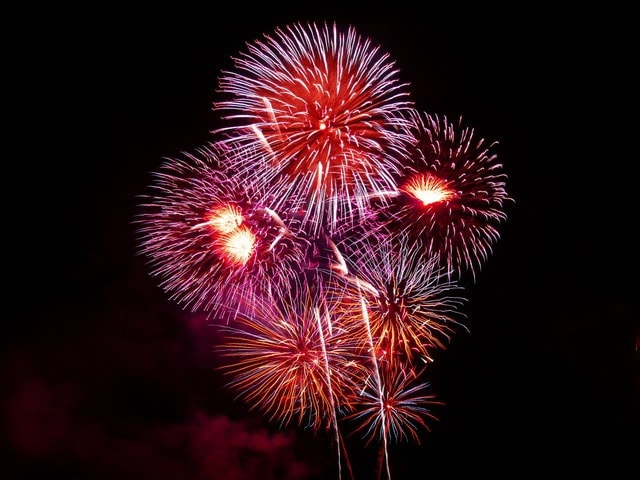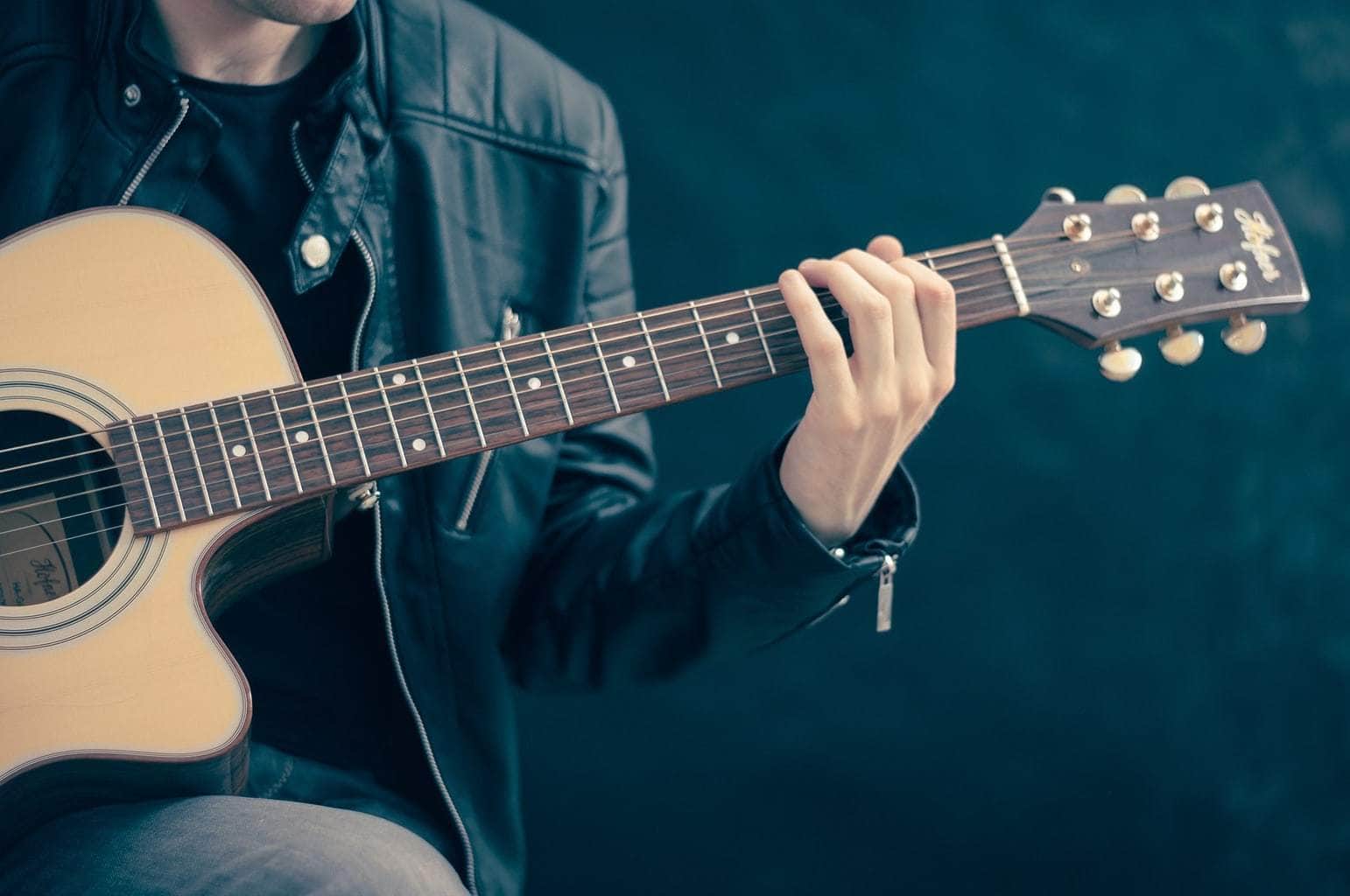How many times have you gone to a concert or to the theater and you haven't even thought about taking your camera? Many times due to ignorance and many others because we think that they are complicated situations for us or for the team we have, but the truth is that many of us forget the camera in a corner when it comes to events, losing the possibility of enjoying doing spectacular photos.
There are many kinds of shows and all year round, but it's in summer when they are most abundant (and perhaps when you want them the most ? ). From open-air concerts, street shows, theater, night, daytime, etc... There are many possibilities to exercise our photographic passion. If you need some guidance, and in order not to miss out on this opportunity, here are some tips and tricks to know where to start ? .
CONCERTS
There can be millions of differences between one concert or another, taking into account if it is an outdoor, indoor, day, night, crowded or intimate one, so we are going to try to briefly go through all of them so that you know what to expect
AT NIGHT
They are perhaps the most complicated to photograph. There is little light and it is usually very variable , to which is added the intrinsic movement of the musicians on stage and our own (first track, no tripod, it wouldn't help you much here ? ). Go for it.




SETTINGS
Each master has his booklet and it always depends on the amount of light we have, what we want to achieve and even our photographic style, but we can say that:
- You will need a high ISO to be able to work with enough light. Try to stay at the edge where your camera starts to lose sharpness due to photographic noise .
- The deactivated flash will only play tricks on you.
- Choose manual mode or, failing that, a priority mode . In this case, the most interesting one is, surely the shutter speed priority to avoid blurry photos.
- Take the brightest lens you have. You will need all the light you can get ?
- Photography, if possible, in RAW . This way you will have many editing possibilities and to slightly improve lights and shadows in the image processing.
- The best metering mode is spot or center-weighted . Both will give you a more accurate exposure , keeping in mind that the light will vary greatly from one area of the image to another.
- Open the diaphragm if you need more light, but don't forget that the more you open it, the less focused area you will have in the image. You will have to play with the values of the exposure triangle until you find the settings that satisfy you.
- Give black and white a try .
AT DAYTIME
During the day you will have more light and, therefore, you will not have to fight against the lack of it ? .
SETTINGS
- Lower the ISO , the higher the ISO, the more noise, and here you don't need to have it high because you will have enough light.
- It works manually or failing that in aperture priority mode . So you can experiment with different depths of field to isolate or not the subjects.
- The matrix metering mode will be useful to you since the light will initially be homogeneous. If not, go back to center-weighted or spot-weighted like late-night concerts.
COMPOSITION
Both day and night and in open or closed spaces, the composition is basic and it works for all these types of situations.
- Try to get as close to the stage as possible.
- Look for photogenic details : the strings of a guitar, the expression of the singer, etc.
- Do not forget to include general shots where you can breathe the atmosphere of the concert.
- Search among the public: do not limit yourself only to the music band, the atmosphere and the people surrounding the show are usually very photogenic as well.
- The lights of the spotlights (in night photography) will provide you with very interesting lighting if you know how to take advantage of it. Make them your best friends and you will have spectacular photos ? .
THEATER PLAYS
It will depend on the show in question, but in many ways, the settings will be the same as when working at a concert at night, only that the lighting is usually more homogeneous and less changeable.
- You will need a high ISO , unless the room is very bright and/or you are very close to the stage.
- The best metering mode will be center-weighted or spot, although if the lighting is homogeneous and fills the entire frame, you can try matrix.
- The best way to work is manual , but if you prefer a semi-automatic mode, decide on a speed priority with a minimum speed so that the protagonists do not move out.
- Shoot in RAW to be able to work on the white balance in the processing calmly, as well as lights and shadows that may have been somewhat out of adjustment.
- Backstage or behind the scenes. If you can access how they are prepared, how they are made up or rehearsed before the play, you can access unique material and a lot of artistic possibilities. If you know someone who can bring you closer to this world, do not hesitate to take the opportunity.
STREET PERFORMANCES
Here you will have the opportunity to practice certain aspects that would be more difficult in other types of shows, such as the possibility of moving around the artist, changing the point of view more effectively, getting closer, etc.
- Vary the aperture to play with depth of field. If you want to isolate the artist, play with wide f-stops, if instead you want to include them in the surrounding environment, play with small f-stops.
- If you take a portrait, don't forget the importance of focusing on the eyes .
- Look for photogenic details .
- Move, don't settle for the first place where you ended up. Turn around, crouch down, look at the audience...
- Play around with the shutter speed . If the show is very dynamic, you can add a touch of originality to your images with a sweep or moving image or by freezing the scene at high speeds.
OTHER SHOWS
There are many shows that you can photograph. From horse races, jumps, car races, etc., to fireworks , correfocs , fairgrounds, puppets, etc. For all of them, previously consider:
- How much light will I have and what kind.
- How fast is the thing I want to photograph moving?
- At what distance can I be placed.
- What material do I have?
- What effects do I want to achieve: a bokeh , a wipe, a blurred background, capture the movement, freeze it, etc. Once you have predefined your objectives, make the necessary adjustments according to all the parameters.
But above all, above all, enjoy ? the photography, but also the event.
I hope it encourages you not to leave your camera at home when you go to see a show. You will be able to get very interesting images, so make the effort and you will surely not regret it ? . But before doing so, don't forget to share this article on your favorite social network so that it reaches the largest number of interested people. Thank you and see you next time.


